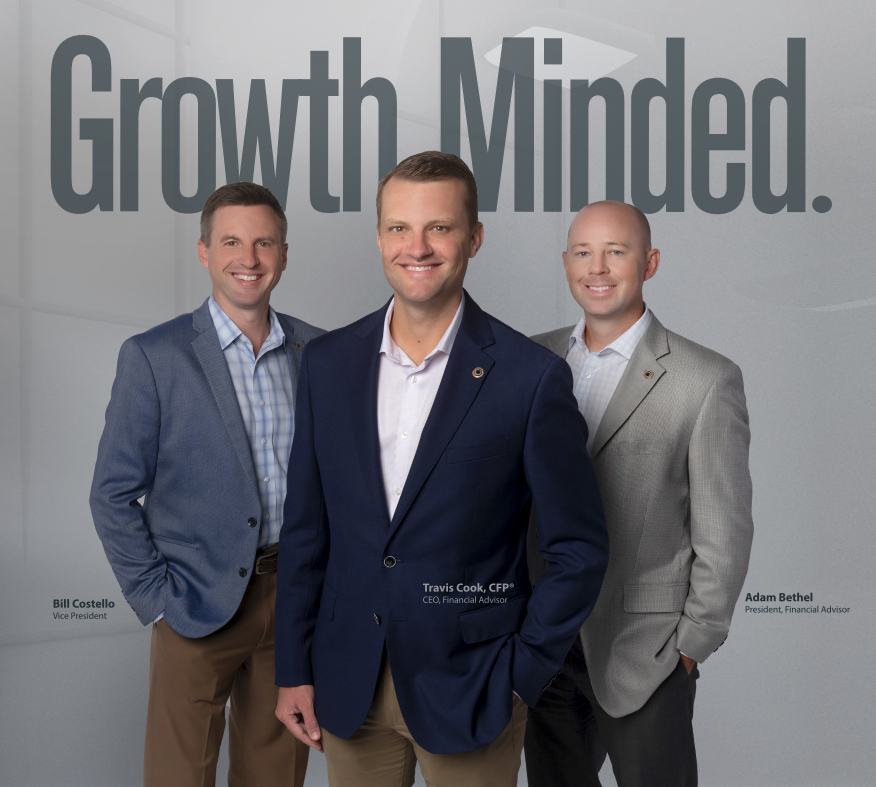Economic Indicators – A Cheat Sheet
We’ve compiled the most commonly used economic indicators from our monthly market commentary here for your quick reference. Economic indicators can be categorized into three main groups: leading indicators, coincident indicators, and lagging indicators. Here’s a list of some common economic indicators referenced in our market commentaries divided into these categories:
Leading Indicators
These indicators provide insights into future economic trends.
Consumer Confidence Index: Measures consumer sentiment and expectations about the economy, which can indicate future consumer spending patterns.
Producer Price Index (PPI): Measures changes in the prices received by producers and can signal future inflation trends. The reason why it is a leading indicator is that higher/lower producer prices get passed to the consumer.
Purchasing Managers’ Index (PMI): An index that measures the month-over-month change in economic activity within services or manufacturing. The reading can range between 0 and 100. A reading above 50 indicates an expansion, while a reading below 50 indicates a contraction.
Housing Permits and Starts: The number of new housing permits and housing starts can signal future trends in construction.
Average Weekly Initial Jobless Claims: High levels of initial jobless claims may indicate an economic downturn as businesses lay off workers.
Coincident Indicators
These indicators reflect the current state of the economy.
Gross Domestic Product (GDP): The total value of goods and services produced in the economy, which directly measures its current size and performance. Can be viewed as a coincident indicator (a snapshot), or it can be considered a lagging indicator, as it reflects past economic activity.
Industrial Production Index: Measures the output of the industrial sector and reflects current manufacturing activity.
Retail Sales: The total sales of goods and services by retailers, indicating current consumer spending levels.
Personal Income and Expenditures: Reflects current income levels and consumer spending patterns.
Employment Indicators: Includes the Non-Farm Payrolls report and Unemployment Rate, which provide a snapshot of the current labor market conditions.
Lagging Indicators
These indicators confirm past economic trends.
Consumer Price Index (CPI): Measures changes in consumer prices and reflects past inflation trends.
Balance of Trade: Measures the difference between the value of a country’s exports and the value of country’s imports for a given period.



